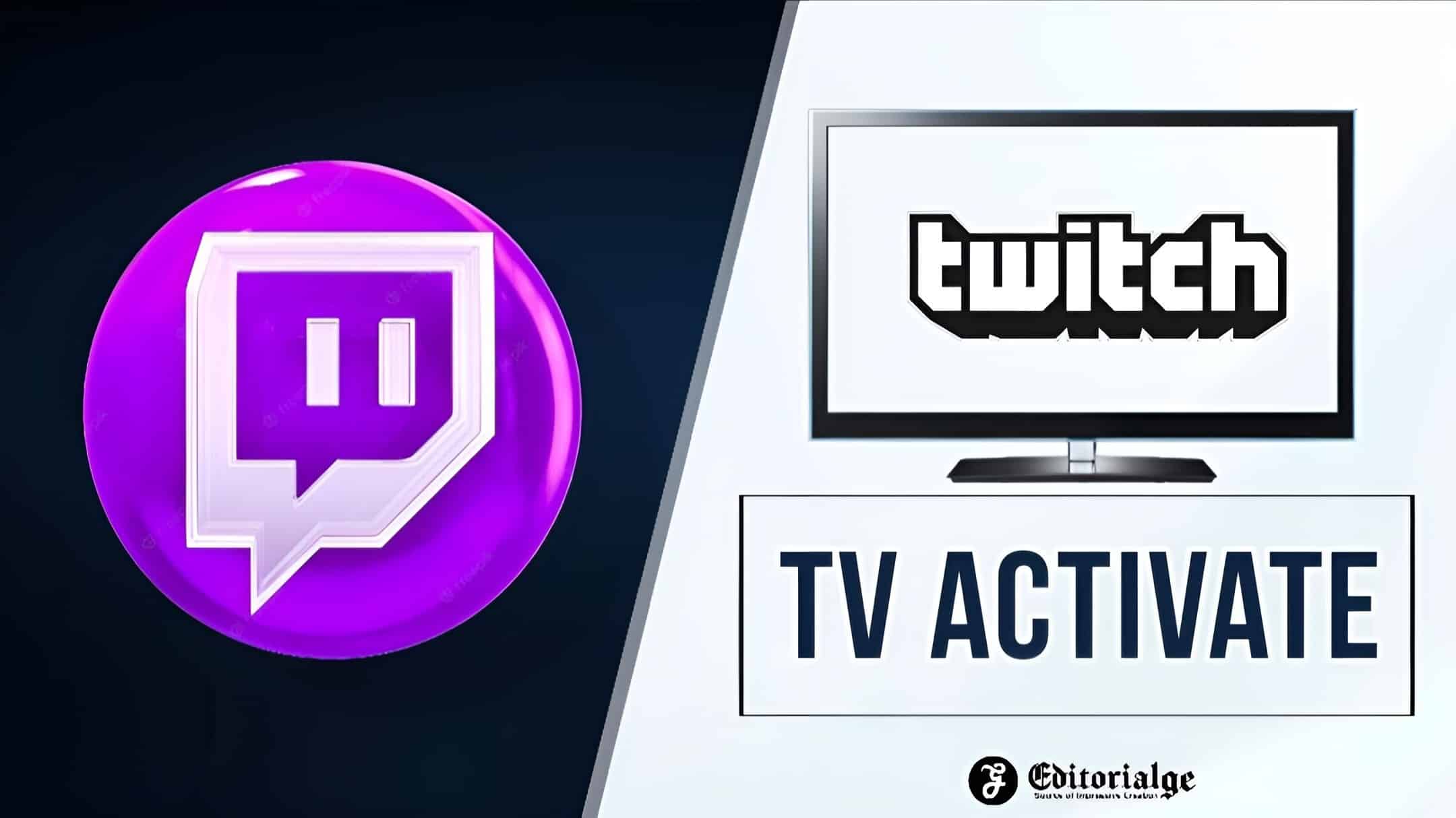In an exciting development for electric vehicle (EV) enthusiasts, Tesla is ramping up the deployment of its V4 Supercharger technology across the United States.
Following its successful debut in Europe earlier this year, these advanced charging stations are now making their presence felt in various states, including Oregon, Nevada, Alabama, and the latest addition.
The V4 Supercharger stands out with its enhanced design, featuring a range of improvements. Equipped with an integrated Magic Dock (or CCS-1 adapter), a digital credit card reader, and a compact display, these charging stalls are not only efficient but also user-friendly. Notably, the stalls boast a taller and more streamlined structure, accompanied by a lighter, extended cable measuring 10 feet—a notable increase from the 3.5 feet cables found in the previous V3 Superchargers.
A close examination of the V4 dispenser reveals a sticker indicating a rating of 1,000 volts and 615 amps, hinting at a potential theoretical capability of 615 kW in the future, aligning with the European model. Presently, these Superchargers still draw power from V3 cabinets, showcasing the potential for even higher charging speeds in the future.
The prospect of reaching 615 kW is particularly significant for high-voltage battery systems in certain EV models like the Hyundai Ioniq 5 and Audi E-Tron GT. This capability could revolutionize the electric vehicle landscape by addressing the current challenges of slow charging speeds and extended wait times for EV owners, paving the way for wider adoption of electric vehicles.
While it remains unclear whether enabling these Supercharger stalls for 350 kW would necessitate additional hardware or if Tesla plans to implement this through a software update, the implications of such advancements are substantial.
In a real-world test, Kim Java plugged in her Tesla Model 3 at the V4 Supercharger in Atlanta, and the results were impressive. The Supercharger delivered a formidable 255 kW, allowing the Model 3 to go from 20% to 60% battery capacity in just 10 minutes. This remarkable speed raises anticipation about potential reductions in wait times for EV owners once higher power outputs are unleashed.
Charging speeds are contingent on the voltage an EV can accept and whether it can be sustained throughout the charging process. The V4 Supercharger’s capabilities suggest a promising future for EV charging efficiency and convenience.
Moreover, the V4 Supercharger in Atlanta showcased another innovative feature—a dedicated charging space for trailers. The V4 cables incorporate immersion cooling, a technique involving the submersion of hardware components into a thermally conductive liquid to enhance heat dissipation. These cables are also equipped to handle the Tesla Semi, which can accept an impressive one megawatt or 1,000 kilowatts of electrical input.
Tesla’s V4 Supercharger represents a leap forward in EV charging technology, offering rapid charging and the potential for even higher capabilities in the near future. As these advanced charging stations become more widespread, the outlook for electric vehicle adoption and convenience continues to brighten.





































